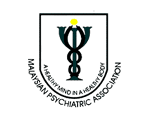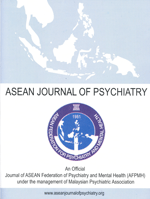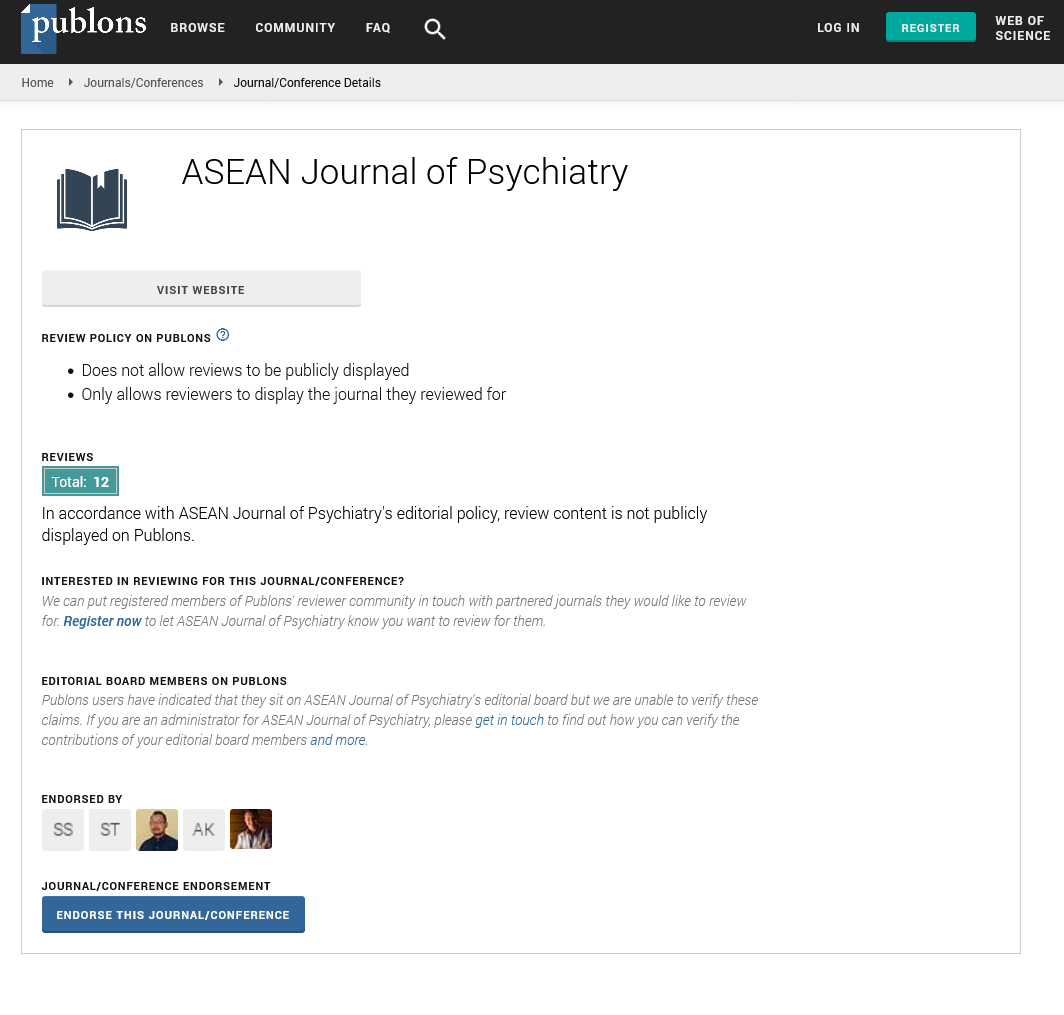


Google Scholar citation report
Citations : 5373
ASEAN Journal of Psychiatry received 5373 citations as per google scholar report
ASEAN Journal of Psychiatry peer review process verified at publons
| Journal Name | ASEAN Journal of Psychiatry (MyCite Report) | ||||
|---|---|---|---|---|---|
| Total Publications | 456 | ||||
| Total Citations | 5688 | ||||
| Total Non-self Citations | 12 | ||||
| Yearly Impact Factor | 0.93 | ||||
| 5-Year Impact Factor | 1.44 | ||||
| Immediacy Index | 0.1 | ||||
| Cited Half-life | 2.7 | ||||
| H-index | 30 | ||||
| Quartile |
|
- Anxiety Disorders
- Behavioural Science
- Biological Psychiatry
- Child and Adolescent Psychiatry
- Community Psychiatry
- Dementia
- Community Psychiatry
- Suicidal Behavior
- Social Psychiatry
- Psychiatry
- Psychiatry Diseases
- Psycho Trauma
- Posttraumatic Stress
- Psychiatric Symptoms
- Psychiatric Treatment
- Neurocognative Disorders (NCDs)
- Depression
- Mental Illness
- Neurological disorder
- Neurology
- Alzheimer's disease
- Parkinson's disease
Abstract
THE PREVALENCE OF INTERNET ADDICTION AMONG THE STUDENTS OF RAFSANJAN UNIVERSITY OF MEDICAL SCIENCES
Author(s): Mashaei Naffise*, Asadpour Mohammad**, Pourrashidi Boshrabadi Ahmad**, Rezahosseini Omid**, Ayatollahi A**, Bidaki Reza**, Arab BaniAsad Fatemeh**Objective: Internet addiction is defined as mismanagement of internet use that causes mental, social and occupational problems. Thus, the assessment of prevalence of this disorder can lead to preventive measures and appropriate treatment to prevent its spread. Methods: In this cross-sectional study, prevalence of internet addiction disorder was assessed in Rafsanjan University of Medical Sciences, Rafsanjan, Iran in 2012. Stratified random sample was used to select 224 students. Demographic data were recorded and Internet Addiction test Test (IAT) questionnaire was administrated. Results: Out off 224 students participating in the study, 86 (38.4%) were males and 138 (61.6%) were female with a mean age of 21.05± 0.1 years. Most of the students (42.4%) were using the internet "under one hour" and the lowest (4%) "More than six hours". Mean test score of IAT was 24.81 ± 1.08 (mild addiction). In terms of internet addiction, 95 (42.4%) cases were normal users, 115 (51.3%) had mild addiction, 12 (5.4%) showed moderate addiction and 2 (0.9%) were cases of severe addiction which are lower compared to previous studies. Conclusion: The rate of internet addiction among students of Rafsanjan University of Medical Sciences in Iran is lower than the previous reports. It is still necessary to curb the spread of this problem due to its complications.


























